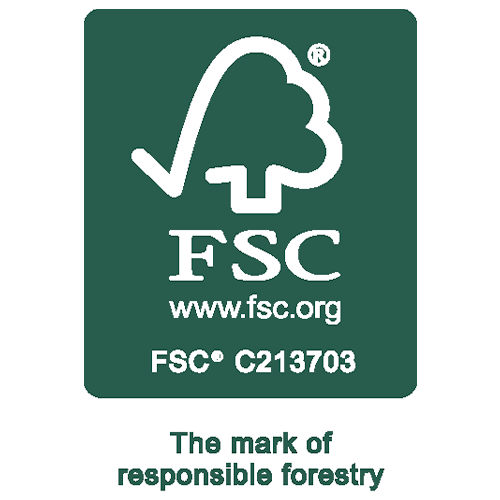Reversing climate change
In this month’s post I would like to introduce a topic which I feel is critical and poorly understood: the ability of active forest management to help in the global fight against climate change.
At first glance, this may seem an uncomfortable topic to many from a political standpoint. Some may not like the concept that loggers and sawmills can actually do more to protect and save the planet than the most avid career environmentalists can possibly do while sitting behind desks in air-conditioned steel buildings in downtown Manhattan. Modern forestry has the potential to “steal their thunder”, so to speak, in very practical and measurable ways. Others at the other political extreme often won’t engage upon the topic of climate change at all, or dismiss it as unimportant. Rightly or wrongly, maybe they fear that admitting the topic’s importance opens potential floodgates to additional counterproductive governmental taxation and regulation.
The hardwood lumber industry certainly has a long history of demonstrating this second attitude, going back many decades into second half of the previous century in which the science behind climate change was perhaps less obvious and more debatable. Among other negative consequences, this ostrich-like approach allowed producers of concrete, steel, plastic, and other wood substitutes to market themselves to the public as environmentally acceptable—or even friendly—when in fact their processes generally emit huge tonnages of carbon while lacking any of the remarkable carbon storage, sequestration, and regenerative abilities of wood.
Wood is good and for reasons beyond its superior aesthetic qualities, but our industry—perhaps in hardwoods more so than in softwoods—has failed to celebrate or promote the fact. In the general absence of education, today’s public is left with a fifty-year-old children’s book—Dr. Seuss’ The Lorax—to be its primary guiding insight into modern-day American forestry.
I am happy to write that our short-sighted approach may finally be changing now, and hope I can speak more to this point in future blog posts.
So how does wood act to reverse climate change? Specialists can describe these processes in far greater depth than I can, but I like to consider three simple factors, in order of increasing power:
- Through the storage of carbon. Approximately half of the dry weight of wood is carbon, which adds up quickly per tree and per woodlot. On a global or even a regional eastern US scale, banking carbon through storage is a huge beneficial feature especially of mature forests, though all forests store carbon.
- Through the sequestration of carbon. I find it easiest to think of sequestration as the volume of carbon no longer locked into standing trees, but now into manufactured products such as doors, cabinets, flooring, stair treads, furniture, mouldings, panels, other architectural millwork, and wooden pallets. These items have “useful” lives ranging from a few years to hundreds of years. Beyond that, most eventually wind up in landfills where their carbon—again, 50% of the dry weight of the lumber—is kept out of the atmosphere indefinitely, or perhaps permanently. When a tree dies of old age or rots and falls over naturally in a forest, much of that carbon is soon released back into the atmosphere. But if the same tree is instead actively managed via professional logging and sequestered into various lumber products at a sawmill, a greater percentage of the carbon from that original tree is kept out of the atmosphere for decades, centuries, or longer.
- Through the growth of new trees. While all trees grow and pull carbon out of the atmosphere in doing so, young immature trees grow at much faster rates than older mature trees. This isn’t unlike the difference between a 15-year-old person and a 60-year-old; the teenager, other factors being equal, needs to consume more fats, proteins, and carbohydrates on a daily basis to sustain him or herself. In the case of trees and global warming though, younger doesn’t equate to a larger weekly bill at the grocery store; younger is clearly more effective. Because the Earth is warming, we should WANT to pull carbon out of the atmosphere at the highest, most efficient rate possible. The growth of new trees, especially when unhindered by crowded canopies found in unmanaged forests (blocking sunlight), or by invasive understory plants, or by the browsing habits of under-controlled and overpopulated deer, accomplishes this.
Storage is important; it is better to have large standing trees acting as carbon sinks than for that same ground to be used for something other than forest. I suspect we can all agree on that. But sequestration and growth, working together, provide the most powerful environmental benefits which the planet’s forests can provide. While new trees can—and do—grow in an unmanaged forest, active forest management multiplies that growth rate many times over while adding carbon sequestration to the equation.
“A sustainable forest management strategy aimed at maintaining or increasing forest carbon stocks, while producing an annual sustained yield of timber, fiber, or energy from the forest, will generate the largest sustained mitigation benefit.” – Intergovernmental Panel on Climate Change, August 2019

